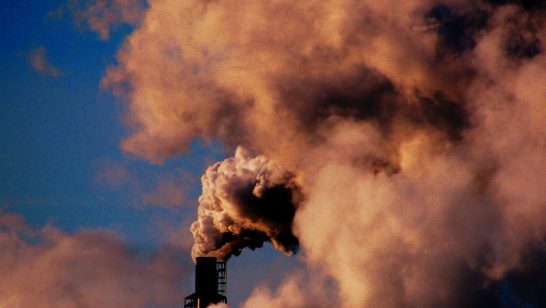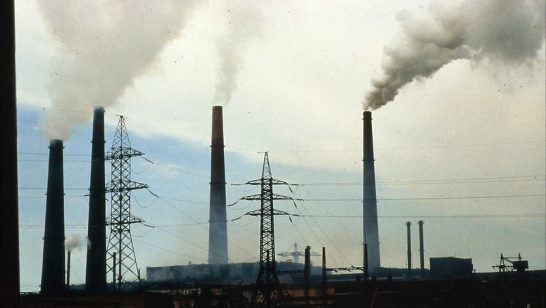
In 2010, Jakob Kellenberger, the then President of the International Committee of the Red Cross, demonstrated extraordinary courage when he gathered all the accredited ambassadors in Geneva and made it clear that his organisation would not be able to ensure the required international standards of humanitarian assistance to civilian populations in the case of the use of nuclear weapons. In his words, “The mere assumption that atomic weapons may be used, for whatever reason, is enough to make illusory any attempt to protect non-combatants.”
That statement was made on the eve of the 2010 Nuclear Non-Proliferation Treaty (NPT) Review Conference in New York, and was instrumental to the adoption by that conference of the concept of the “catastrophic humanitarian consequences of any use of nuclear weapons”, which nuclear-armed states had traditionally been reluctant to accept. One year earlier, with his historic speech in Prague (in which he promised to “seek the peace and security of a world without nuclear weapons”), President Obama had already prepared the ground for the inclusion of the “catastrophic consequences” principle in the final document of the New York conference. During three international conferences subsequently convened by Norway, Mexico and Austria, the “humanitarian catastrophic” nature of any use of atomic weapons was further confirmed. This concept should be reiterated during the upcoming NPT Review Conference, scheduled for January 2022.
As the world’s leaders gather to discuss how to tackle climate change, it is also necessary to add that the use of nuclear weapons would have dangerous consequences for the environment. The environmental impact of nuclear weapons has been amply evidenced by the over 2000 nuclear tests carried out in deserted and uninhabited areas, while the dangers of radiation have also been demonstrated by the major accidents at the civilian nuclear power plants of Chernobyl and Fukushima.
Today the environmental impact of a nuclear attack on inhabited centres and industrial areas can only be calculated through simulations. The deadly environmental effects of the two bombs that annihilated Hiroshima and Nagasaki can hardly be considered a precedent since they would pale in comparison to what would happen if only part of the 13,000 nuclear devices currently possessed by the nuclear powers were to be detonated today. Studies on the environmental side of the nuclear coin have intensified in parallel with the growing nightmare of climate change and the increase of nuclear risks. While there are debates over the precise modelling (such as a controversy between scientists over whether an India-Pakistan nuclear exchange would be enough to cause a global nuclear winter), multiple studies raise alarming prospects that in the event of a nuclear conflict, there would be shocks akin to climate change, but on a much faster timescale and with an exponential impact.
Nonetheless, the international community and the nuclear-armed states have not yet drawn political conclusions from the anticipated environmental impacts of the use of nuclear weapons. This concept has so far only been mentioned in some official texts (the Partial Test Ban Treaty, Comprehensive Test Ban Treaty and Treaty for the Prohibition of Nuclear Weapons), while the ENMOD (Environmental Modification Convention) Treaty adopted in 1978 is mostly focused on prohibiting the hostile use of environmental weather modification techniques but does not address the nuclear threat.
In his memorable statement on 11th November 2017 at the Vatican, Pope Francis expressed his “genuine concern” for the “catastrophic humanitarian and environmental effects of any employment of nuclear devices”. More recently, on 28th October of this year, an event chaired by World Future Council and Parliamentarians for Nuclear Nonproliferation and Disarmament was dedicated to the Climate /Nuclear Disarmament Nexus. Climate protection and nuclear risk reduction were the core subjects debated during the meeting which was called in preparation for the UN Climate Change Conference (COP 26) and the incoming NPT RevCon.
This is the first step. A process similar to the 2010 humanitarian initiative should be launched during next year’s NPT conference, leading to the recognition of the “catastrophic environmental consequences of any use of nuclear weapons”. Hopefully, on the occasion of that conference, one or more international leaders will have the vision to promote this topic as Jakob Kellenberger did in 2010. The tragic consequences of climate change will be dramatically amplified if the Damocles sword of a nuclear disaster continues hanging over humanity.
The opinions articulated above represent the views of the author(s) and do not necessarily reflect the position of the European Leadership Network (ELN) or any of its members, or the Comprehensive Nuclear-Test-Ban Treaty Organization (CTBTO). The ELN’s aim is to encourage debates that will help develop Europe’s capacity to address the pressing foreign, defence, and security policy challenges of our time.
Image: Flickr, The Official CTBTO Photostream, Sedan Plowshare Crater



